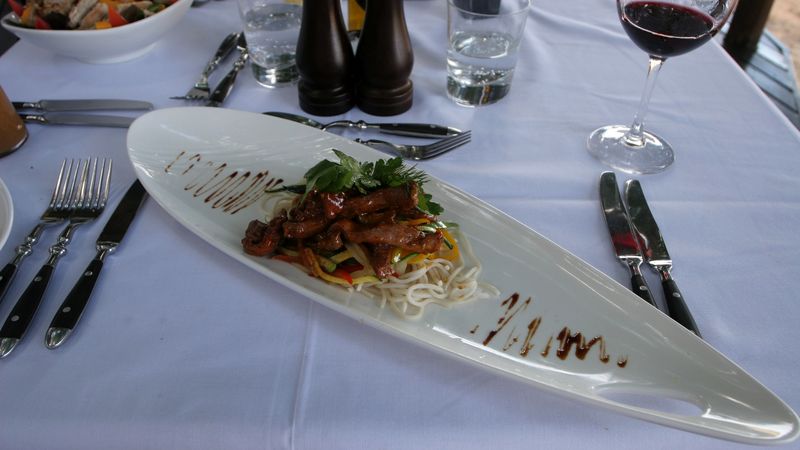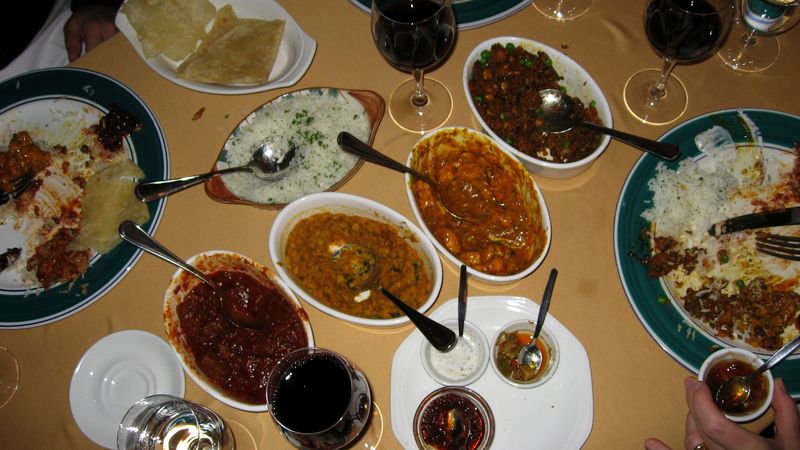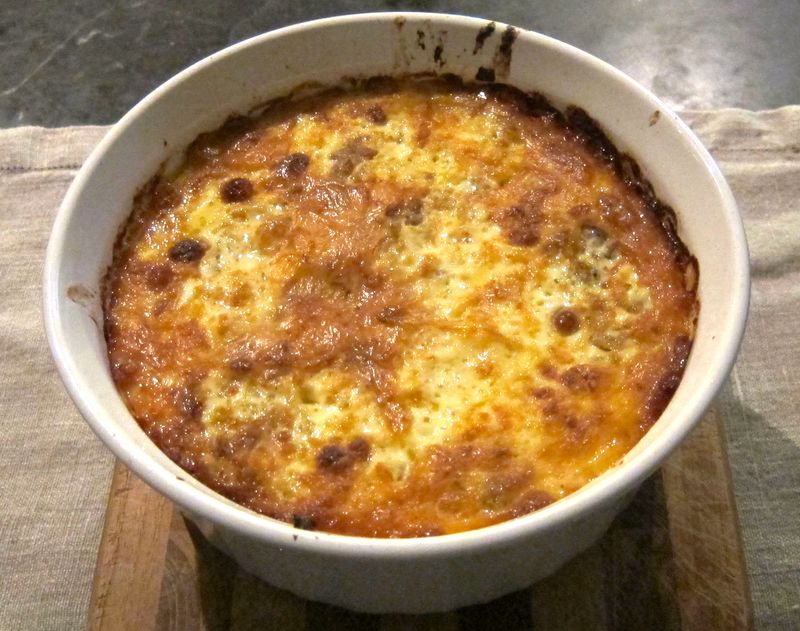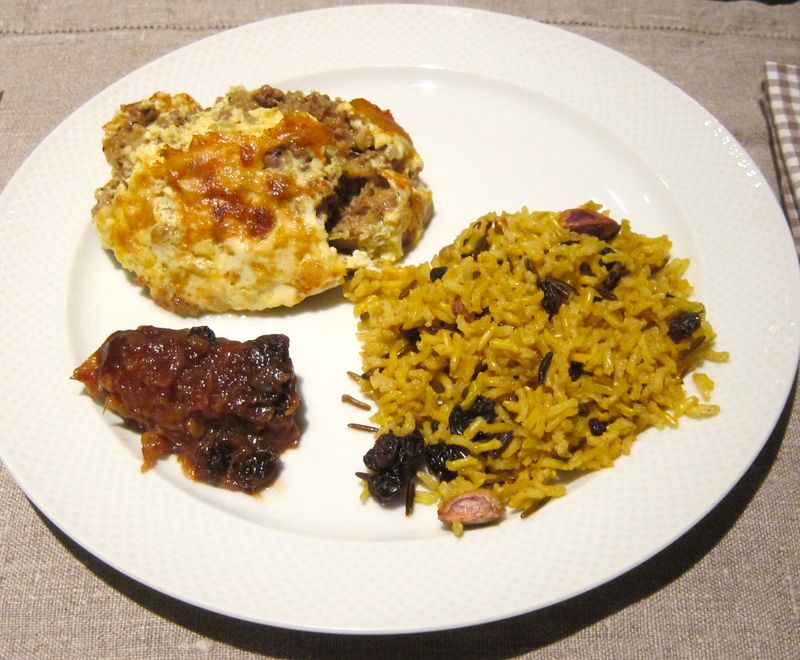Our three weeks in South Africa were memorable for many reasons but for two incorrigible food lovers like Josée and I, the gastronomic delights we experienced stand out in bright lights. This was a typical lunch offering at Lion Sands Game Reserve:
South Africa is an amalgam of indigenous and colonial culture and its cuisine reflects this. Black South Africans can trace many elements of their daily meals to the indigenous foods their ancestors ate. Stiff, fluffy maize meal porridge similar to American grits is served with stewed meat gravy.
Meat is very important both roasted and dried. South Africans both black and white love a barbecue or braai in Afrikaans. The SA equivalent of Canadian beef jerkey is called biltong.
Settlers from Portugal, the Neatherlands, Germany, France and England each left their unique culinary legacy on SA. The most intriguing for us was Cape Malay cooking. This distinctive food combines the Dutch culinary traditions with the rich and exotic ingredients brought to SA by slaves from Bengal, Java and Malaysia. The chefs make generous use of allspice, nutmeg and hot peppers together with spicy curries, sambals, fish stews and pickled fish. Here is a Cape Malay meal we shared in SA:
Josée selected a typical Cape Malay dish for our SA midweek single-course meal.
Bobotie combines spiced minced meat with an egg based topping and has been a staple in the Cape since the 17th century. The name derives from the Indonesian Bobotok.













































































































Wow! Wish we were there for this meal from SA. Everything looks so interesting, and exotic. We'll have to have you do a do-over at our next visit.
Posted by: Liz | November 02, 2012 at 08:22 PM